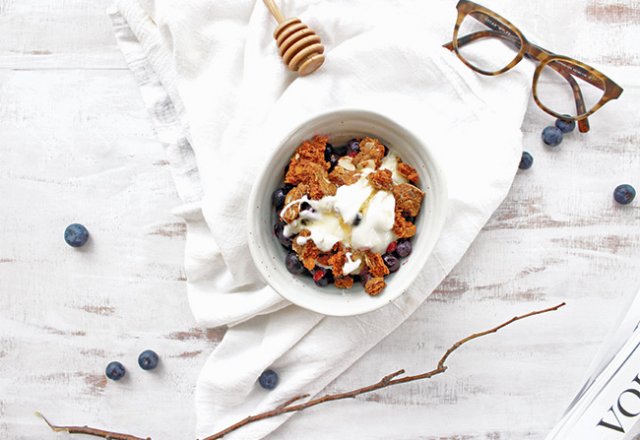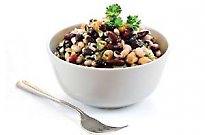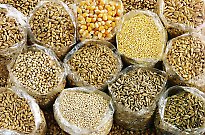
Superfood spotlight: Teff

There’s more to the wholegrains game than brown rice.
SALLY O’NEIL uncovers the health-promoting properties of the humble and ancient grain known as Teff.
From quinoa (my favourite) to bulgur, amaranth and more, wholegrains make a delicious addition to a healthy, balanced diet. And the latest to take the wholesale grains market by storm is teff. This ancient gluten-free crowd pleaser is fast gaining a reputation as the new superfood on the block thanks to its nutrient density, ease of use and versatility.
Although only recently popularised in Australia, teff is an ancient ingredient that has been a staple of traditional Ethiopian cooking for thousands of years and still accounts for a quarter of the country’s total cereal production.
Like quinoa, it is available in a range of colours. White teff has a chestnut-like flavour while darker varieties have a more earthy profile. Historically, white teff has been the most popular but least widely available variety. Most of the teff found on Australian shelves is red – but is just as delicious and nutritious as its white counterpart. Teff can be purchased as a wholegrain or flour, which is used most commonly in Ethiopia to make a traditional sourdough flatbread called injera.
It makes for a highly nutritious substitute to traditional gluten-containing flours.
Similar in size to a poppy seed, teff grain has a creamy, crunchy texture that can add a new dimension to your healthy recipes.
Benefits
Wholegrain teff is extremely nutritious, boasting a wealth of vitamins and minerals including magnesium, potassium, zinc, copper, manganese, choline, vitamins B3 (niacin) and B6, thiamin, pantothenic acid, riboflavin and vitamin C.
Energy production
Teff is a source of iron, which helps support healthy energy production as well as reduce tiredness and fatigue. The iron from teff is easily absorbed and is recommended for people with low blood iron levels.
Healthy immune function
Although most grains have a wealth of minerals, few contain vitamin C. This vitamin is a crucial part of our immune system as it stimulates the production and activity of white blood cells. Vitamin C is also a key component in the production of collagen, which is needed for the creation of new cells, blood vessels, organs and muscle tissue.
Digestive health
Teff is high in resistant starch, a type of dietary fibre that can benefit weight control and improve the overall health of the large intestine. It’s estimated that anywhere from 20 to 40 per cent of the carbohydrates in teff are resistant starches. Its fibre content can help to regulate bowel movements and keep you feeling fuller for longer.
Beauty benefits
While not a complete protein like quinoa, just a 50 gram serving of teff contains a whopping seven grams of protein; the same as a large egg. It is also considered to have an excellent amino acid composition, with a notable amount of lysine. Lysine promotes elastin and collagen production, keeping skin smooth and supple.
Bone health
Teff leads all the grains – by a wide margin – in its calcium content. A cup of cooked teff offers 123 mg, about the same amount of calcium as in a half-cup of cooked spinach.
Blood sugar control
The fibre content of the teff grain can help slow the release of insulin into the bloodstream and prevents spikes in blood sugar levels, which lead you to feeling tired and hungry, making it a great option for diabetics looking to maintain steady blood sugar levels.
Words by Sally O'Neil, The Fit Foodie.
NEXT: Have you heard of lupin? Read all about the superfood here.


